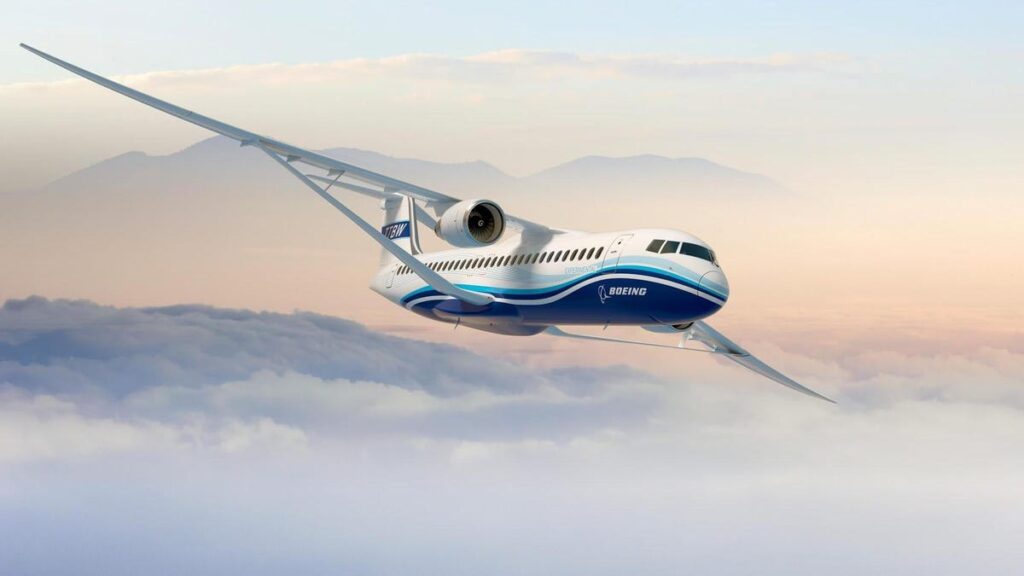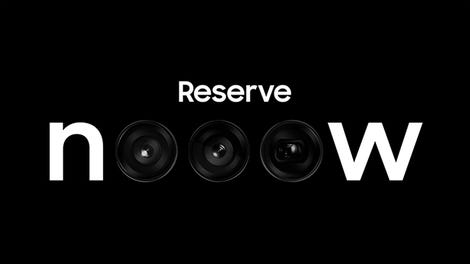NASA and Boeing Are Working Together to Make Planes More Efficient

Image: Boeing
Passenger airliners aren’t the most efficient vehicles in the world. While it’s true that between 1978 and 2021 the aviation industry managed to increase its efficiency by over 130 percent, more could always be done. That’s what brought NASA and Boeing together, as CNN reports the two are working on technologies that could make air travel way more efficient than it is today.
NASA administrator Bill Nelson issued a statement outlining the objectives of the partnership:
It’s our goal that NASA’s partnership with Boeing to produce and test a full-scale demonstrator will help lead to future commercial airliners that are more fuel efficient, with benefits to the environment, the commercial aviation industry, and to passengers worldwide. If we are successful, we may see these technologies in planes that the public takes to the skies in the 2030s.
So, the fruits of the labor of these two won’t be a new aircraft per se, but they’ll develop a more efficient design for aircraft going forward. Called the Sustainable Flight Demonstrator, the key to all of this is creating less drag on the aircraft.
NASA went with Boeing because of its development of the Transonic Truss-Braced Wing aircraft, which was officially unveiled back in 2019. The design increases the aspect ratio of the wing and is built using lightweight materials. Because of this, the wings are thinner as well. The aircraft has a wingspan of over 170 feet and are supported by a truss along with a slightly modified wing sweep. Boeing says this increases efficiency while providing the same performance as aircraft from today.
G/O Media may get a commission

Up to $100 credit
Samsung Reserve
Reserve the next gen Samsung device
All you need to do is sign up with your email and boom: credit for your preorder on a new Samsung device.
While Boeing has deep enough pockets to do something like this on its own, it’ll get access to deep government pockets — and aerospace research — because of the partnership. The whole thing will be funded by the Space Act Agreement, which allows NASA to work with any outside entity that “fulfills the Administration’s mandate.” This means NASA contributes $425 million as well as its vast resources of facilities and engineers over seven years. Meanwhile, Boeing is offering $725 million and access to the specs of the vehicle.
Eventually, the partnership hopes to have 50 percent of the commercial airline industry using efficient technologies developed from the plan.



